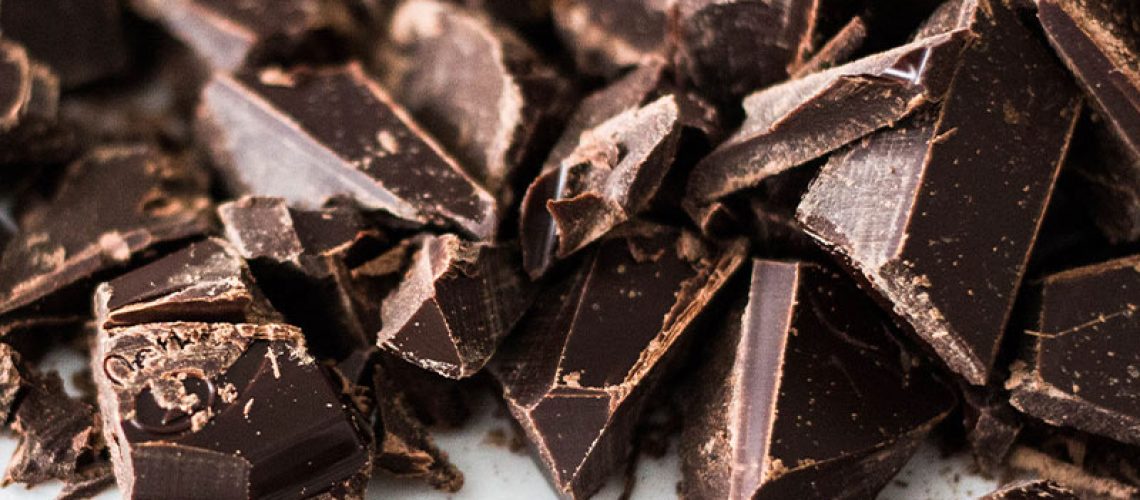We are familiar with the most prevalent sources of renewable energy such as wind, water, and solar. We may be less familiar with other sources being explored every day. Researchers all over the world are finding ways to harness the energy produced by anything and everything around us. While exciting developments have been made, some are stranger than others in both concept and execution. Here are just five of the strangest alternate sources of renewable energy being tested today.
- Bacteria. The bacteria that make you sick could one day power your lightbulb. Researchers at Texas A&M are working hard to manipulate a strain of E. coli bacteria so that it will produce more hydrogen than would normally occur. Hydrogen is key to fuel-cell technology which could provide power the smallest electronics as well as power plants. The hope is to use sugar from crops, let the bacteria convert it into hydrogen, and then harness that power. Because all of the elements to produce this power are transportable, it can be produced on-site. This technology is a long way off from completion, but the research is promising.
- Sugar. Speaking of sugar, other researchers want to skip the bacteria and go straight to hydrogen production. Researchers at Virginia Tech are finding ways to convert sugar into hydrogen using water and 13 powerful enzymes. By converting this combination in a reactor, they can produce hydrogen as well as trace amounts of carbon dioxide. They have discovered that this process delivers three times more hydrogen than other more traditional methods. Hooray for the confectionary conversion!
- Electric Eels. This seems to go without saying given that it is in their name, but these powerful little creatures are already lighting someone’s Christmas tree. Electric eels can produce as much as 400 volts of electricity. While they use this charge as a defense mechanism and to support their poor vision, researchers have invented small installations to harness their energy. Other researchers are trying to mimic the systems inside the eels that produce this electricity to generate their own source of renewable energy.
- Coffee Waste. Hooray for yet another reason to consume a cup of Joe! Thanks to its relatively high oil content, researchers have cultivated a type of biodiesel fuel made from coffee grounds. In fact, one company in London is already trying to industrialize coffee waste recycling. Some researchers believe that the coffee ground waste generated each year could produce as much as 2.9 million gallons of fuel each year.
- Chocolate. Chocolate-lovers raise a toast! Your consumption could lead to a delicious source of renewable energy. Researchers believe that waste from the production of chocolate could be used to generate hydrogen. Using E. coli bacteria, researchers allow the bacteria to ferment the sugars from the waste to generate acids that can be converted to hydrogen. Feel free to indulge; you could be contributing to a world of renewable, clean energy.
Wrapping up
Researchers are using or attempting to use the vibration from sound waves, solar wind, body heat, friction, manure, algae, municipal sludge, jellyfish, human feces and urine, carbon nanotubes, and even something known as exploding lakes to find a way to make our energy cleaner and more sustainable. Most of these and the five listed above are still a long way off from producing massive amounts of energy, but all have shown promise. If one theme emerged in this strange world of renewable energy production, it is that the sweetest things in life can literally electrify you given the right environment.


